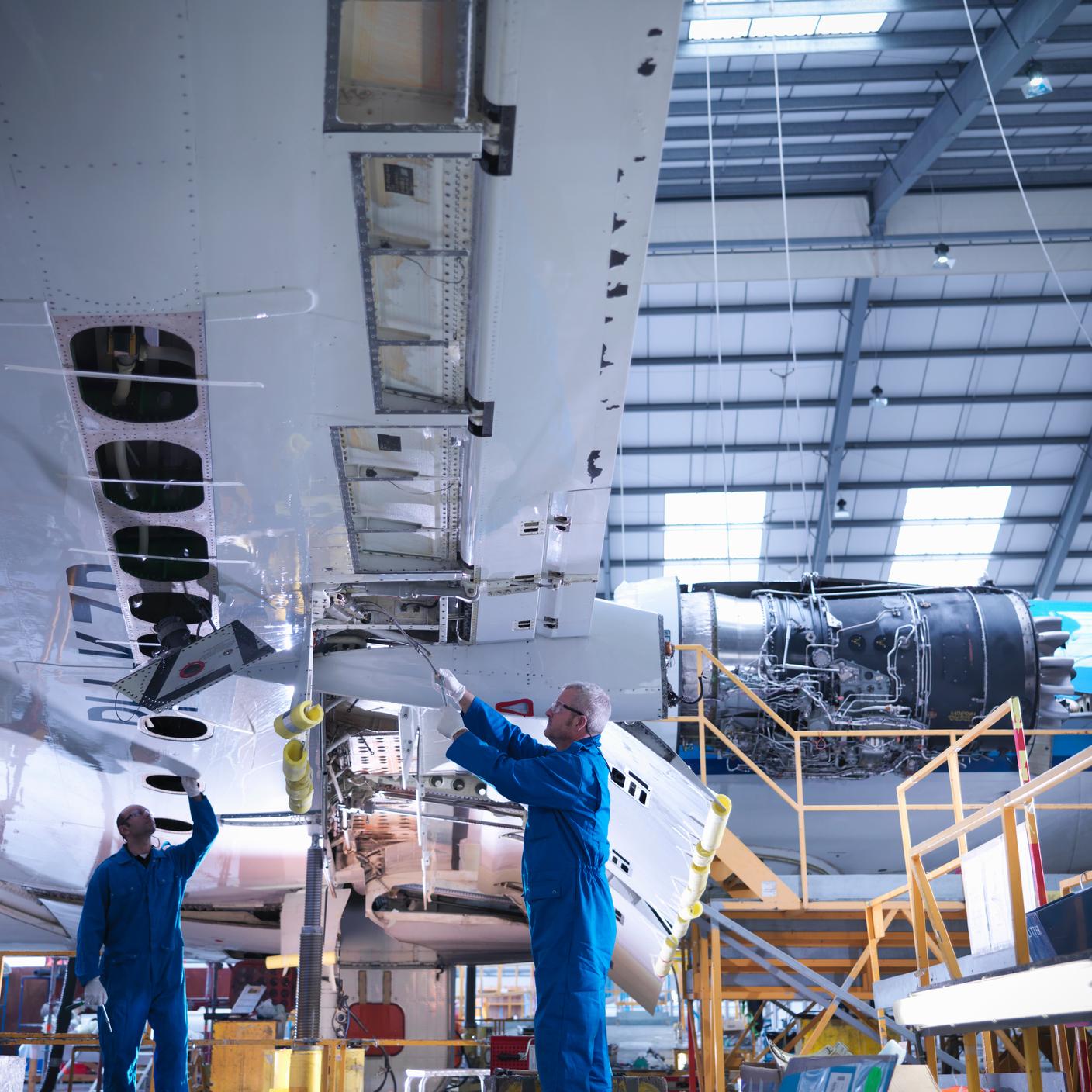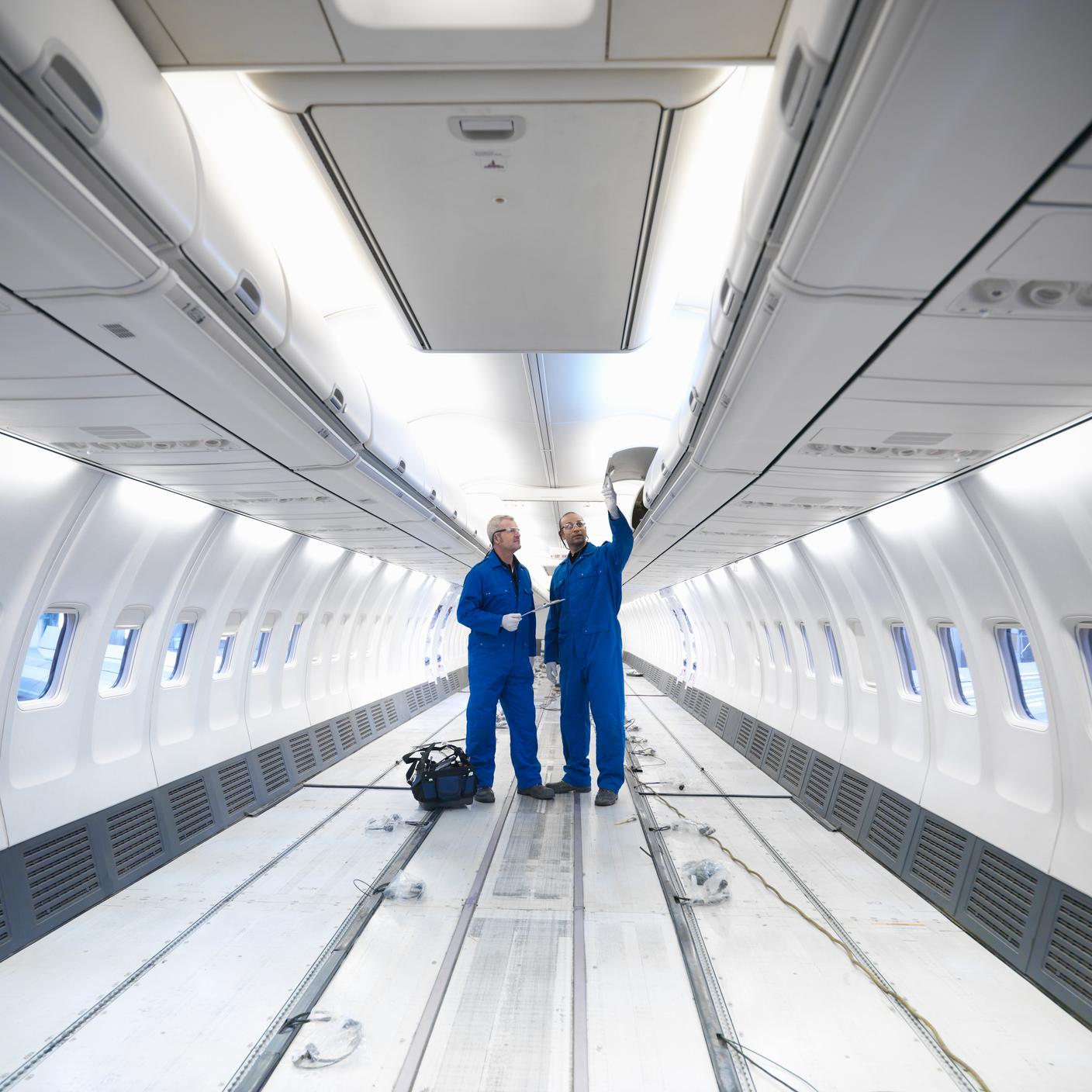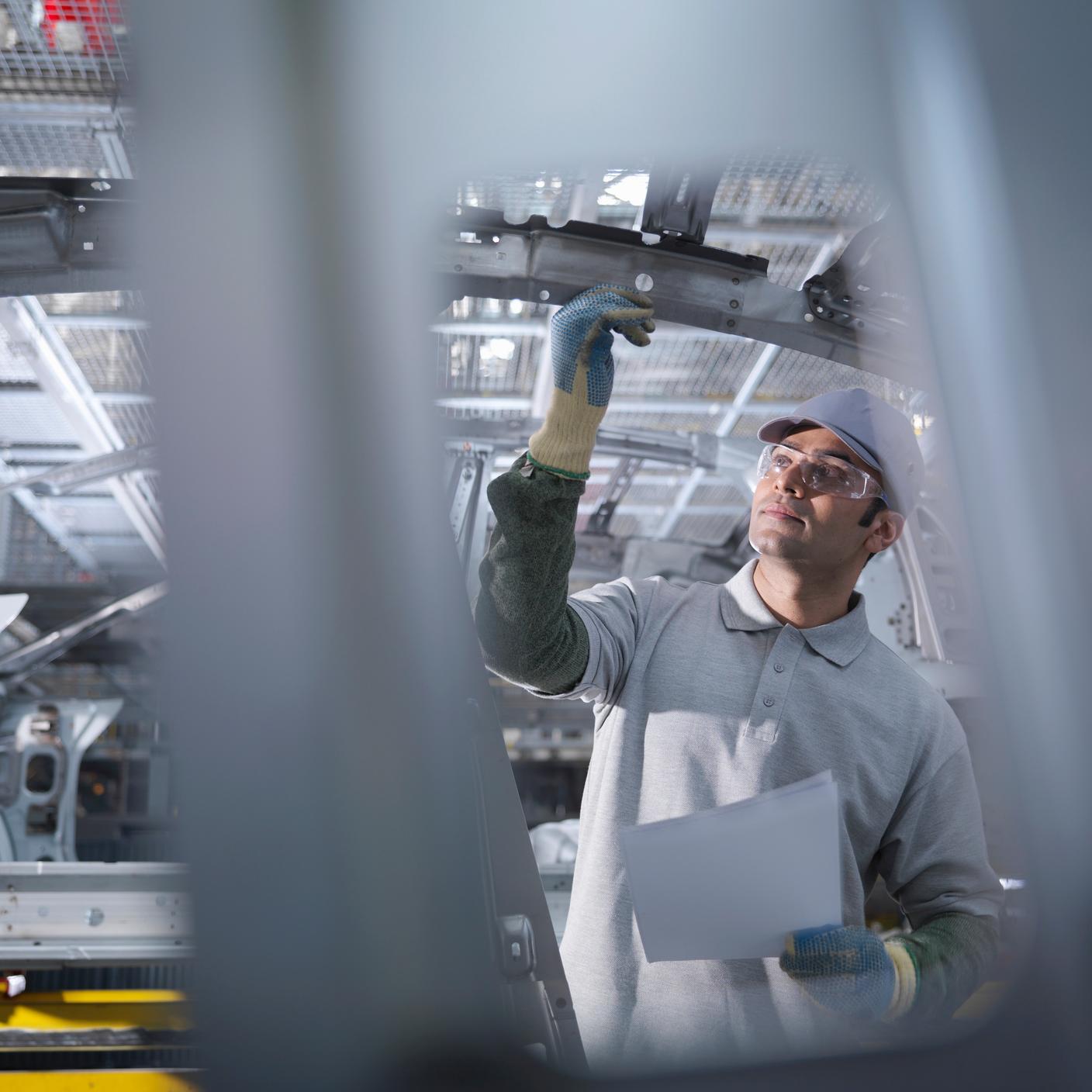The aerospace sector has consistently been subject to careful observation and analysis.
Whether it be safety, performance, passenger experience, or more recently fuel efficiency concerns allied to climate change and the drive to net zero, the sector has learned the value of constantly evolving to maintain customer approval and commercial resilience.
The current landscape
The fallout from the COVID pandemic has been challenging but the aerospace sector has started to recover, led by a significant return of the leisure market. Margins are tighter and efficiencies are being sought.
Other influences on sector behaviour include a much more informed public and customer base with a higher degree of social consciousness.
Governments, who in many cases have become sector stakeholders, are in a position to look for environmentally sustainable operators who are also socially aware as employers and partners.
Mature environmental, social and corporate governance (ESG) policies are now an important brand asset considered by governments, investors, partners and the public.
So, what steps can your organization take to help the aerospace sector’s drive towards sustainability?
Embracing new technologies
Technological advances appear to be gathering pace across the sector.
Fuel efficiency and decarbonization are obvious metrics for assessing the sector’s sustainability credentials.
However, there is a wide range of other developments that are also having an impact, including:
Retrofit
- Winglets mounted on aircraft wing tips to improve aerodynamics and reduce fuel burn
- More advanced engine components for better combustion and airflow
- Lighter cabin finish materials
- Reduction of energy-consuming lighting and in-flight entertainment
Production efficiencies
- More airframe components made of composite materials
- More advanced engine components
- Additive manufacturing – generating less waste and lighter structures
New aircraft design pre and post-2020
- Reduced burn engines
- Aerodynamic improvements reducing drag and improving fuel burn rates
- Blended wing bodies rather than classic tube and wing designs
- Revolutionary engine architecture
- Fuel cell systems for onboard energy
- Electric propulsion – currently in its infancy
Utilizing a circular economy
As well as realizing the benefits of new technologies, moving away from a linear way of thinking in relation to resources is another opportunity for increasing sustainability.
Extracting, making use of, and disposing of resources does not contribute to a sustainable future. But by using the principles of the circular economy from design through to re-use, repair, refurbishment, remanufacture and end-of-life recycling to create a closed system, you can minimize the use of resources.
There are other connected benefits to this approach. It can reduce waste, pollution and, importantly, carbon emissions, as well as keep products, equipment, and infrastructure in use for longer.
This in turn can improve the productivity of resources. Embracing the principles of the circular economy can ensure longevity and therefore resilience.
Adopting a collaborative, innovative approach
Collaboration and innovation across the Aerospace sector can also make a real contribution to sustainability.
As restrictions have lifted and organizations have put an emphasis back on their core business, one pandemic development that has become more significant is that of increased collaboration, both within Aerospace and across other sectors.
Such cooperation can be a real enabler of growth and a sign of corporate maturity. Sharing technologies, ideas and practices can all lead to innovation, helping the drive to sustainability and resilience.
Soar towards sustainability in the aerospace industry
The aerospace industry is undergoing significant change. We’re seeing how efficiency and technology go hand in hand and how we can quickly learn from other sectors. Opportunities are ripe; sustainability, transparency, and greater collaboration can all be significant drivers towards resilience, and in securing the future of the sector.
The needs of the future will be very different from those of today. But one thing is certain, the aerospace sector is one which will continue to drive change and innovate – and your organization can be part of that.







